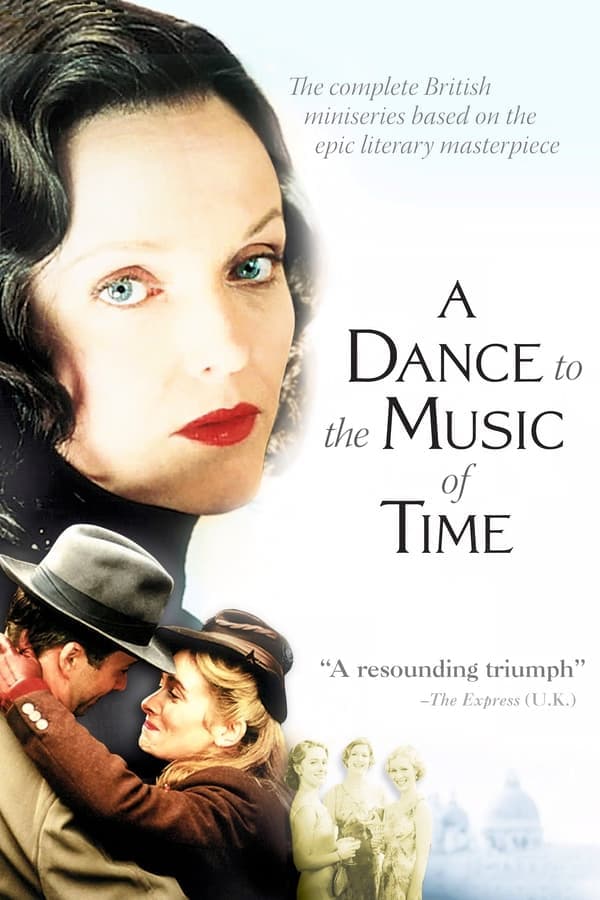
A Dance to the Music of Time
1997 • Comedy, Drama
A Dance to the Music of Time is a four-part adaptation of Anthony Powell's 12-volume novel sequence that aired on Channel 4 in 1997. The series is a sharp, comic portrait of upper-class and bohemian England, spanning almost a century, from the early 1920s to modern times.
Why you should read the novel
Immersing yourself in Anthony Powell's twelve-volume masterpiece, A Dance to the Music of Time, offers a far more nuanced and rich experience than viewing the 1997 TV adaptation. The novels trace the lives, loves, and ambitions of a diverse cast across decades, painting a subtle, multilayered tapestry of English society from the 1920s to the 1970s. Powell's elegant prose, wit, and character insight reward slow reading and reflection, allowing the themes of time, memory, and change to unfold with depth and resonance.
In comparison to the series, the books offer an unparalleled intimacy with narrator Nicholas Jenkins's thoughts and observations. The complexities of each character’s motivations, and the fleeting nature of relationships as depicted through Jenkins’s eyes, are beautifully preserved in the novels’ introspective style. Subplots and secondary characters are given the space and attention necessary to flesh out Powell’s intricate social world, many of which are compressed or omitted in the adaptation.
Reading the novels is also a voyage into Powell's masterfully crafted sentences—laced with irony and philosophical nuance—that the limitations of screen time and visual storytelling cannot fully capture. For those interested in the subtle transformation of British society and the changing character of its people, the written series remains an irreplaceable source of wit, wisdom, and literary pleasure.
Adaptation differences
The 1997 TV adaptation of A Dance to the Music of Time condenses a literary journey that spans twelve novels and five decades into just four episodes. This drastic compression means that entire characters and storylines must be either sacrificed or severely shortened. The result is a narrative that, while capable of evoking the period’s atmosphere, necessarily glosses over the intricacies that provide depth in the novels.
Key interior monologues and Nick Jenkins’s philosophical musings, a central strength of Powell's writing, are only loosely integrated into the adaptation. The drama sacrifices the personal reflections and subtle social commentary that give the books their unique character, meaning much of the internal world that guides readers through the shifting alliances and betrayals is lost on screen. Instead, the series relies more heavily on dialogue and visual cues, making for a more externalized, less introspective experience.
Another major difference is the treatment and presence of supporting characters. With limited screen time, many minor yet significant figures—whose arcs in the books subtly reflect changing social mores—are altogether omitted or merged into composite characters. Key figures like Stringham and Widmerpool, so multifaceted in the novels, become more simplified to fit the constraints and needs of episodic television.
Finally, the tone of the adaptation is influenced by the necessities of television drama. Powell’s sense of irony and the gentle, sometimes ambiguous unfolding of events are replaced by brisk narrative progression and more overtly dramatic moments. Visual dramatization, though evocative, cannot replace the precision of Powell's prose in capturing the impermanence and interplay of memory, history, and personal observation that mark the novels as arguably one of the greatest achievements in twentieth-century English literature.
A Dance to the Music of Time inspired from
A Dance to the Music of Time
by Anthony Powell
